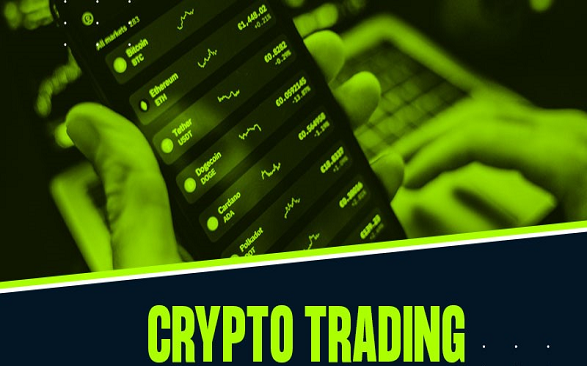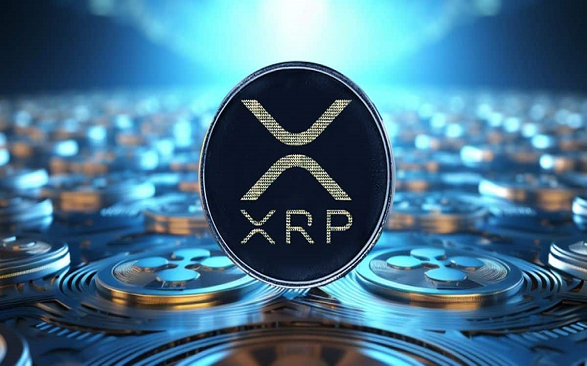The crypto market experienced a decline last Friday, 28 June 2024, despite new data showing a slowdown in U.S. inflation. Bitcoin, Ethereum, and Solana all saw significant drops, reversing gains made earlier that week.
According to a report from the Commerce Department, the core personal consumption expenditures (PCE) price index increased by 0.1% in May 2024, meeting expectations. The headline PCE price index rose by 2.6% on a yearly basis, the lowest annual rate since May 2021.
Notwithstanding the current market volatility, analysts predict that spot Ethereum ETFs could launch early this month. This news has buoyed crypto sentiment, with many expecting a reversal in the market.
Furthermore, the altcoin market has experienced a significant decline, with many tokens losing significant value. However, some believe that the launch of Ethereum ETFs could reverse this trend.
However, the Crypto Fear and Greed Index has shifted into the fear zone, indicating a significant change in market sentiment. Data from Farside indicates that inflows slowed down last Thursday, with only $13 million entering Bitcoin spot ETFs. This is a significant decrease from previous days.
A quick look into the relationship between inflation and crypto shows how complex it is, with both positive and negative correlations observed in different market conditions.
Historically, crypto markets have responded positively to inflationary pressures, as investors seek alternative assets that can hedge against currency devaluation and store value.
However, in recent times, the crypto market has decoupled from inflation expectations, with prices driven more by speculative sentiment, regulatory developments, and macroeconomic trends. While some cryptocurrencies, like Bitcoin, are designed to be inflation-resistant, others, like algorithmic stablecoins, are vulnerable to inflationary pressures.
Moreover, central banks’ responses to inflation, such as interest rate hikes, can impact crypto markets by influencing investor risk appetite and liquidity.
Therefore, the current inflation-crypto conundrum presents both challenges and opportunities for investors and the future of digital assets.
Read Also: Davido Coin and Davido’s Crypto Trail: A Pattern of Pump and Dump?
The Inflation-Crypto Paradox
The crypto market’s unexpected response to inflation can be attributed to various factors, including macroeconomic trends, regulatory uncertainty, and investor sentiment.
First, on the macroeconomic front, the ongoing global economic recovery and stabilization of commodity prices have reduced the appeal of cryptocurrencies as an inflation hedge, and also increased the correlation between crypto and traditional assets, such as stocks, making crypto more susceptible to broader market trends, dampening its response to inflation.
Second, regulatory uncertainty, particularly in the United States, has also contributed to the paradox, as unclear guidelines and potential legal challenges have led to investor caution and reduced demand.
Third, investor sentiment plays a major role in the crypto market’s response to inflation, as market participants’ perceptions and attitudes towards risk and reward have shifted. The recent surge in institutional investment in the more dominant cryptocurrency has led to a more risk-averse approach in that regard, with BTC particularly benefiting from institutional investors prioritizing stability and returns over speculation and inflation hedging. Retail Investors, on the other hand, are increasingly more attracted to the relatively highly volatile coins and tokens, including memecoins.
Similarly, the rise of decentralized finance (DeFi) and stablecoins has altered the crypto landscape, with a set of investors seeking yield and stability rather than purely speculative gains.
Read Also: Crypto market plummets amidst Iran-Israel conflict.
Implications for Investors
The current inflation in the crypto space presents both risks and opportunities for investors.
On the one hand, the decoupling of crypto from inflation expectations increases the risk of significant price volatility, which could lead to huge losses.
On the other hand, the current situation also offers opportunities for savvy investors to capitalize on mispricings and diversify their portfolios by adopting a long-term perspective and employing strategies like hedging and diversification.
Adopting a long-term perspective would offer investors a ride out of market fluctuations and the investors may also explore alternative investment strategies, such as yield farming in DeFi or investing in crypto-based indices, to capitalize on emerging trends and opportunities.
Read Also: Altcoins: What are the Opportunities in the Altcoin Market?
Impact on the Future of Digital Assets
The inflation challenge in the crypto space is poised to significantly influence the development of digital assets, driving growth, innovation, and regulation.
As investors seek shelter from inflation and market volatility, cryptocurrencies like Bitcoin and Ethereum may experience increased adoption, leading to greater mainstream acceptance and integration into traditional financial systems. This could also spur innovation in areas like decentralized finance (DeFi), stablecoins, and inflation-indexed instruments, which could lead to new investment opportunities and use cases.
Also, market consolidation may occur, with stronger projects and companies emerging as leaders, and weaker ones either failing or being acquired.
Central banks, on the other hand, have responded to inflation and the rise of crypto by exploring Central Bank Digital Currencies (CBDCs). CBDCs aim to provide a digital alternative to cash, while regulations seek to minimize potential risks in crypto. The People’s Bank of China has led the way with its Digital Currency Electronic Payment (DCEP) as well as the Central Bank of Nigeria (CBN) with its e-Naira, while other central banks such as the U.S Federal Reserve and the European Central Bank (ECB) are actively researching CBDCs.
However, stringent regulations could limit innovation thereby suppressing the potential of digital assets. Moreover, central banks’ involvement may lead to increased scrutiny and potential competition for existing cryptocurrencies.
While uncertainty remains, one thing is clear: digital assets are gradually cementing their place in the global financial landscape. This evolution will continue to be shaped by the complex interplay between technology, economics, and regulation.
Read Also: Notcoin: SWOT Analysis for Investors, Holders, and Users
Credit: Solomon Victor is a Technical Analyst who is also knowledgeable about various aspects of blockchain and cryptocurrency.
Discover more from Crypto Asset Buyer
Subscribe to get the latest posts sent to your email.




